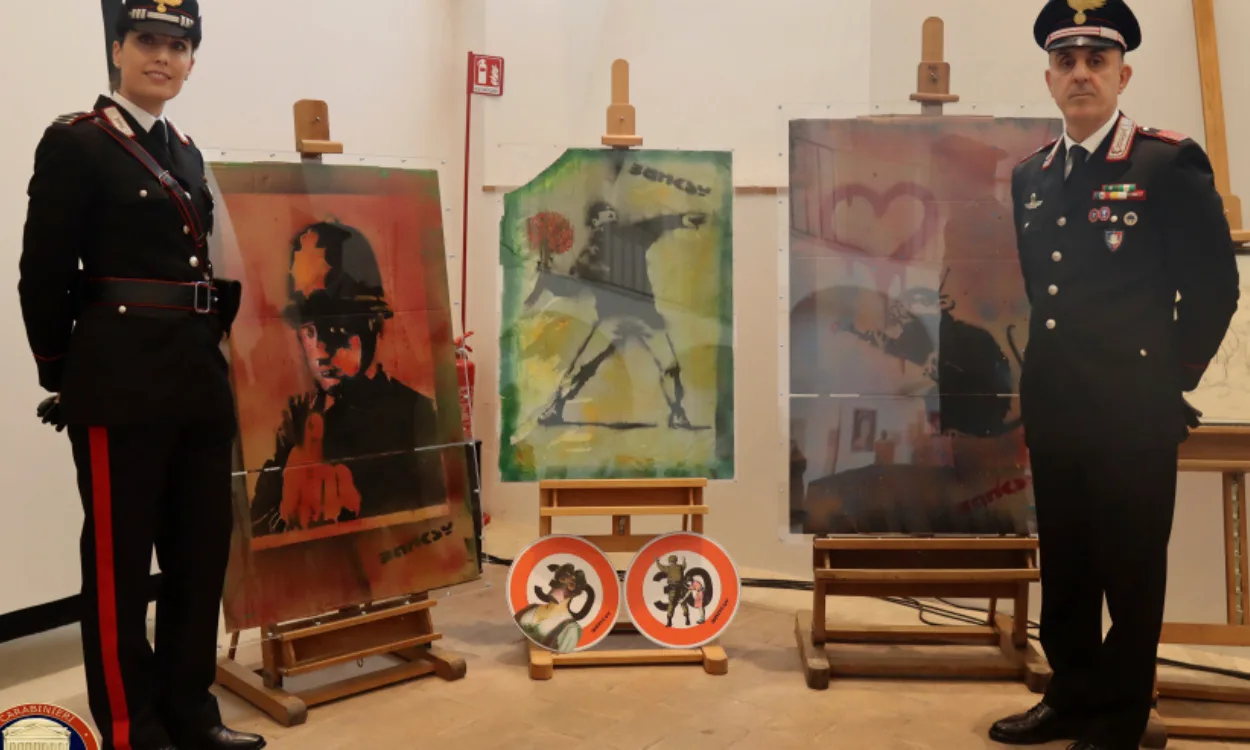Italian authorities have successfully dismantled a sprawling network of European art forgers responsible for producing and attempting to sell fake works attributed to iconic artists like Andy Warhol, Banksy, and Pablo Picasso. This criminal operation, involving 38 individuals across multiple countries, was discovered to be selling these counterfeit pieces to unsuspecting buyers with the assistance of complicit auction houses.
Italian officials announced that the investigation, spanning Italy, Spain, France, and Belgium, revealed that the network could have caused up to 200 million euros (approximately $212 million) in economic damage. The operation culminated in the seizure of 2,100 counterfeit artworks attributed to more than 30 renowned artists, including Amedeo Modigliani, Joan Mirò, Francis Bacon, Wassily Kandinsky, Henry Moore, and Gustav Klimt.
According to Eurojust, the European Union agency for judicial cooperation, the forged works were primarily produced by groups operating out of Spain, France, and Belgium. Fake Warhols and Banksys were among the most commonly counterfeited pieces. Some of these counterfeits were even exhibited at art shows in the Italian cities of Mestre and Cortona, where catalogues were published to promote their supposed authenticity.
Authorities say the forgers relied on complicit auction houses in Italy, which provided forged certificates and stamps of authenticity to mislead potential buyers. During the investigation, authorities seized around 500 fraudulent certificates, which played a central role in the forgers’ scheme to legitimize their counterfeit art.
The investigation initially began in March 2023 when Italian authorities discovered 200 fake artworks during a search of a Pisa businessman’s home. This discovery led officials to monitor e-commerce platforms associated with auction houses, helping them uncover the wider network.
The 38 individuals under investigation, including six people located in Spain, France, and Belgium, now face accusations of conspiracy to forge and distribute fake contemporary artworks. The bust is considered a major step in combating art fraud across Europe, as authorities seek to protect the integrity of the international art market and prevent further economic harm.


